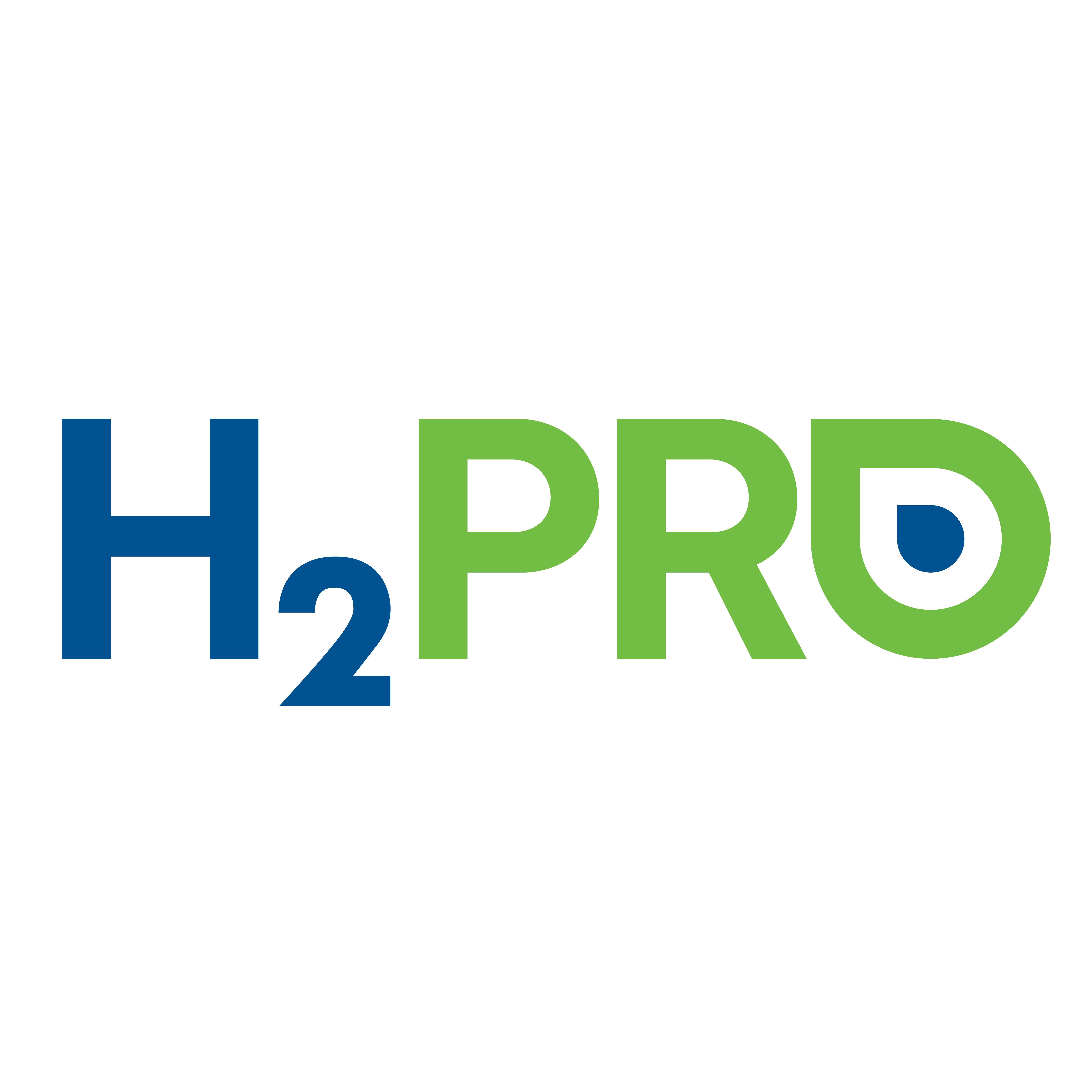E-TAC decouples hydrogen and oxygen evolution reactions into two consecutive steps, ensuring hydrogen and oxygen never mix.
This eliminates the need for the most expensive, most delicate part of an electrolyzer - the membrane.
As a result, E-TAC devices are simpler and cheaper to make, which means greatly reducing CAPEX.
E-TAC supports high pressure hydrogen production (45+ bar), decreasing the need for compressors, further reducing CAPEX and compression related OPEX.

Affordable
Safe

E-TAC produces hydrogen and oxygen in two consecutive steps, preventing contact between the two gases, thus eliminating the risk of explosive mixing.
Why E-TAC?
Splitting water involves the generation (“evolution”) of both hydrogen and oxygen. Generating oxygen using electricity (electrochemical) is inherently inefficient, resulting in approx. 25% power loss. E-TAC generates oxygen thermally, resulting in almost no power loss. The result is high energy efficiency (98.7%HHV, as opposed to ~75%HHV in conventional water electrolysis).

Efficient
The membrane-free structure and decoupled H₂ and O₂ generation facilitates hydrogen production at higher pressures. Our pilot system is designed for operation at 45 bar. Potentially higher pressures are possible.

High Pressure and Scale Up
In addition, the decoupled hydrogen generation electrochemical process and oxygen generation chemical process enable partial-load operation without risk of H₂ /O₂ mixing, making E-TAC water splitting more compatible with renewable power sources such as solar and wind than conventional water electrolysis.
E-TAC water splitting enables green hydrogen production at high pressure (suitable for industrial applications) and high efficiency (> 25% more efficient than conventional water electrolysis). Furthermore, due to the lack of membrane separators in the E-TAC water splitting cells, the technology is relatively easy to scale-up and requires less maintenance than conventional water electrolysis, resulting in significantly reduced CAPEX and OPEX costs.

Our technology
Similar to electrolysis, E-TAC uses electricity to split water into hydrogen and oxygen. However, unlike conventional electrolysis, hydrogen and oxygen are generated separately in different steps - an Electrochemical (E) step and a Thermally-Activated Chemical (TAC) step.
E-TAC’s membrane-free electrolytic reactors are suitable for high-pressure hydrogen production and cost-efficient scaling. This disruptive process enables the production of green hydrogen in a way that retains high energy efficiency (98.7%HHV) inside the cells (see Nature article) and a 95% system efficiency.
